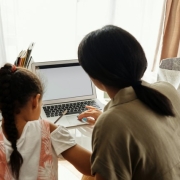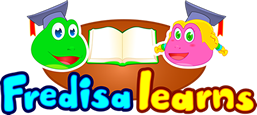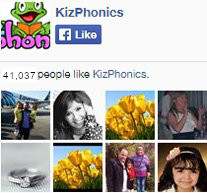Concept Maps for Phonics: A Revolutionary Approach to Learning
Unveiling the Power of Conceptual Mapping in Phonics Education
Phonics, the essential building block of reading and language arts, has seen various methods of teaching over the years. But in the rapidly advancing landscape of education, a technique that stands out is the use of conceptual mapping or concept maps. These tools not only provide a visual representation of information but also foster a deeper understanding and memory retention. In this article, we'll delve into how conceptual mapping benefits phonics education and offers a fresh perspective on mastering phonics skills for children.
What is Conceptual Mapping?
At its core, conceptual mapping, often interchangeably used with terms like concept mapping or mapping concept, is a visual tool that represents relationships between ideas, concepts, or pieces of information. These maps can be hierarchical, with broad concepts at the top and specific details at the bottom, or they can be interconnected without a hierarchical pattern.
The strength of concept maps lies in their ability to make abstract ideas tangible. For young learners, especially those grappling with phonics, this visual representation can prove invaluable.
Why Use Concept Maps in Phonics Education?
1. Visualization of Phonics Patterns: Phonics revolves around understanding the association between letters and sounds. Concept maps can illustrate these connections, making it easier for children to grasp and remember them.
2. Enhances Retention: Conceptual mapping encourages active engagement, which in turn boosts memory retention. When children can visually see connections, they're more likely to remember and understand them.
3. Aids in Differentiated Learning: Every child learns differently. Concept maps offer the flexibility to tailor phonics instruction to individual needs, ensuring that every child can succeed.
4. Encourages Higher-Order Thinking: Creating a concept map demands analytical skills. Children not only learn phonics but also hone their analytical and critical thinking skills.
How to Integrate Concept Maps in Phonics Lessons
1. Start Simple: Begin with basic phonics concepts. For instance, you can create a concept map that connects a letter to its sound and a corresponding image (e.g., A - apple - /a/).
2. Engage the Students: Encourage children to create their own maps as they progress. This not only makes lessons interactive but also empowers students to take charge of their learning.
3. Use Technology: Websites like Kizphonics offer resources that can complement conceptual mapping for a comprehensive phonics learning experience.
The Future of Phonics Education with Concept Maps
As education continuously evolves, the integration of tools like concept maps in phonics instruction is an exciting prospect. Their ability to present complex information in a digestible format makes them a valuable asset. Coupled with the resources from leading phonics platforms like Kizphonics, there’s no doubt that the future of phonics education is bright.
Fact Section: FAQs about Conceptual Mapping in Phonics
What is a concept map? A concept map is a visual tool that showcases the relationship between ideas, helping in organizing and structuring knowledge.
How does conceptual mapping aid in phonics education? Concept maps help in visualizing the relationships between letters and sounds, making it easier for children to grasp phonics concepts. They also promote active learning and memory retention.
Are there any online resources to help integrate concept maps in phonics lessons? Yes, websites like Kizphonics offer resources that can be used alongside concept maps for a holistic phonics learning experience.
Can children create their own concept maps? Absolutely! In fact, encouraging children to create their own maps can enhance their understanding and make lessons more interactive.
In conclusion, the intersection of phonics and conceptual mapping is a promising realm in children's education. With the right tools, guidance, and resources, there's an opportunity to revolutionize the way phonics is taught and learned. Concept maps, with their inherent visual, analytical, and engaging nature, can undoubtedly play a pivotal role in this educational revolution.











